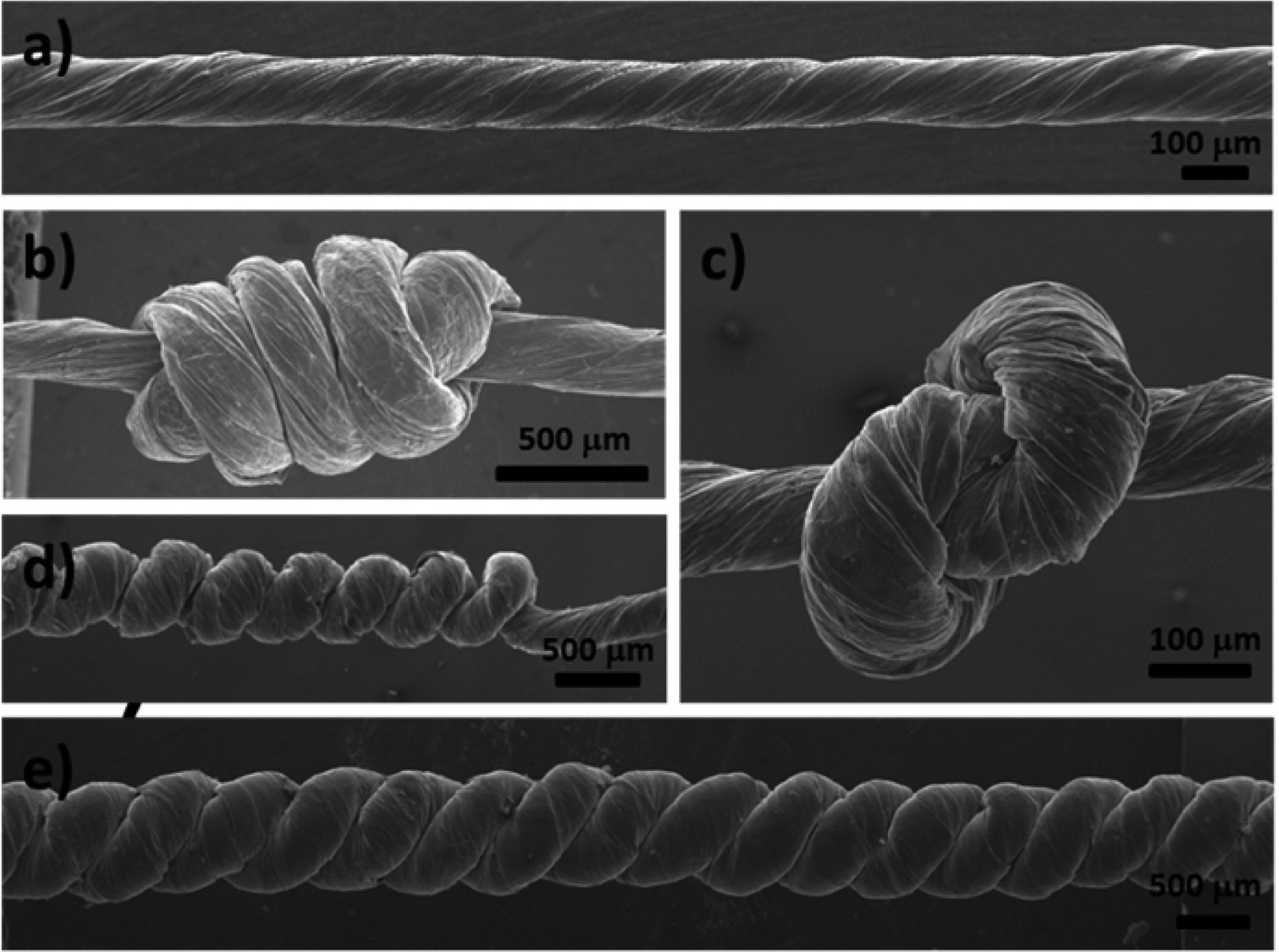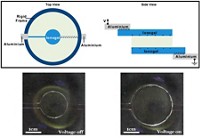Advertisement
Grab your lab coat. Let's get started
Welcome!
Welcome!
Create an account below to get 6 C&EN articles per month, receive newsletters and more - all free.
It seems this is your first time logging in online. Please enter the following information to continue.
As an ACS member you automatically get access to this site. All we need is few more details to create your reading experience.
Not you? Sign in with a different account.
Not you? Sign in with a different account.
ERROR 1
ERROR 1
ERROR 2
ERROR 2
ERROR 2
ERROR 2
ERROR 2
Password and Confirm password must match.
If you have an ACS member number, please enter it here so we can link this account to your membership. (optional)
ERROR 2
ACS values your privacy. By submitting your information, you are gaining access to C&EN and subscribing to our weekly newsletter. We use the information you provide to make your reading experience better, and we will never sell your data to third party members.
Electronic Materials
Graphene oxide fibers fuse and come apart on demand
Simple solvent-based method forms strong yarns for electronics and smart materials
by Prachi Patel, special to C&EN
May 6, 2021
| A version of this story appeared in
Volume 99, Issue 17

With a quick soak in a solvent bath, researchers can fuse hundreds of graphene oxide (GO) fibers into a thicker cable (Science 2021, DOI: 10.1126/science.abb6640). Another solvent bath then splits the cable back into its original fibers.
The advance presents an easy, low-cost way to make strong, graphene-based yarns for electronics and smart materials that change shape when triggered. The yarn can also capture and release particles, which could be useful for pollutant-trapping fabrics and controllable delivery systems.
Chao Gao and Zheng Li of Zhejiang University, Yilun Liu of Xi’an Jiaotong University, and their colleagues soak a bundle of hundreds of fibers in water or another solvent for up to 10 min. The fibers, which are made of GO flakes, swell. Flakes in the outer layer of each fiber pack tightly, creating a skin around each fiber. When the researchers remove the bundle from the solvent, surface tension gathers the strands into a cylindrical cable, and the fibers bond together as they dry.
Immersing the yarn into a solvent reverses the process, splitting the yarn into its original strands. The skin around each fiber helps the fibers keep their structure. Such “precisely reversible” fusion has not been seen with other materials, Gao says.
As a demonstration, the team fused 13,500 GO fibers, each a micrometer wide, into a 1.2-mm-thick rod that was stiff and strong enough to support 680 times its weight. They also showed how the yarns could capture and release polymer fibers and microspheres via the fusion and separation process.
Polymeric, metallic, and ceramic fibers could also be reversibly fused and split by surrounding them with a GO outer layer, opening up a novel method for making composite fibers, says Ray Baughman, a chemist at the University of Texas at Dallas who was not a part of the study .
“I find this simple but fascinating experiment remarkable,” says Mauricio Terrones, a chemist at Pennsylvania State University. One drawback is that GO fibers are not as stable as other materials, he says, but GO is a unique material “we are still unveiling its properties, structure and applications.”





Join the conversation
Contact the reporter
Submit a Letter to the Editor for publication
Engage with us on Twitter